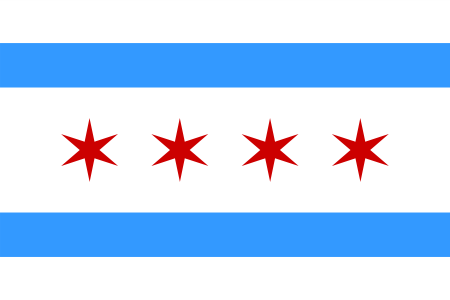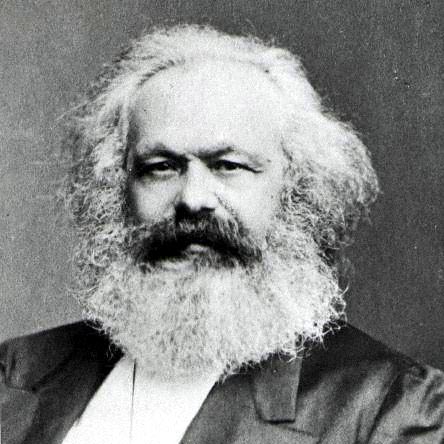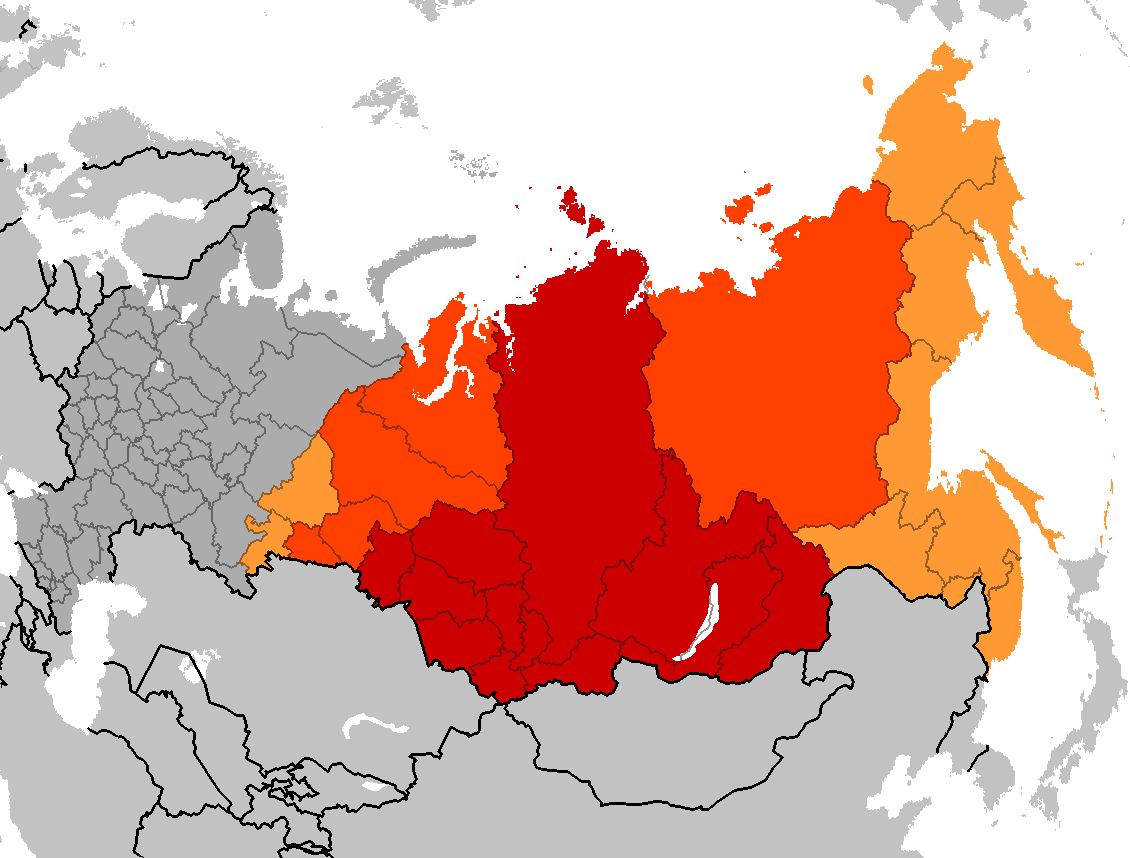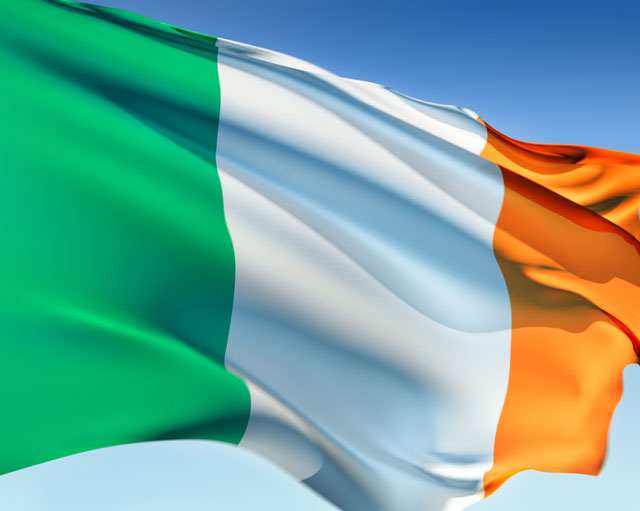Introduction: Ancient Greece and Rome are looked on as two of the most influential civilizations the world has ever seen. Nearly everywhere you go in the world today you will see, hear, taste or participate in something that first developed in the Mediterranean world. From food to sports, art to architecture, religion to politics, poetry to television dramas, Greece and Rome made the world what it is today.
Objective: In this project, you will:
· Examine the cultural characteristics of Ancient Greece and Rome
· Compare these cultural characteristics with the modern world (especially Chicago and the U.S.)
· Practice visual and written communication methods
Methodology: Each student will take a virtual trip back in time to Ancient Greece or Rome. In order to take this “trip,” we will use the Facts on File Ancient and Medieval History Online database. You can access this database through the PSM LRC website.
Once you’ve reached the database, you’ll find “Learning Centers” on the left hand side of the page. For this project, we will use the links marked “Ancient Greece” and “Ancient Rome.”
You will choose EITHER the Greek or the Roman site, then use your chosen civilization to create a post card from the past. Your post card will compare one specific aspect of Greek or Roman civilization with one specific aspect of modern life in Chicago or the United States. For example, you could focus on agriculture, and explain how Roman farming techniques influence or compare to the farming techniques used in farms in Southern Illinois. Another example project could compare life in the Roman inner city with life in the inner city in Chicago.
Tasks: Each student will:
· Research a specific aspect of Greek or Roman civilization
· Compare this ancient information with the same topic in modern life
· Create a post card (following the example provided) with at least two images on the front and text description on the back. This could be created using a computer program or using the handout provided.
Products:
· Research Evidence: 2-source annotated bibliographies (one ancient, one modern) (30 point project, see rubric)
· Synthesis of Evidence: Post card containing images and text which explain the influence of Ancient Greece or Rome on modern life OR compare life in Greece or Rome to modern life (following the example format) (50 point project, see rubric and structure guide)
Important Dates:
· Project Introduced: 10/21/10
· Lab Day(s) for Research: 10/22/10
· Annotated Bibliography RDs: Tues. 10/26/10 (30 points homework, see rubric)
· Final Project (materials and begin presentations): Friday, 10/29/10
 Complete the following questions for homework on the same sheet of paper that you completed the previous questions. The assignment must be on your desk at the start of Monday's class period.
Complete the following questions for homework on the same sheet of paper that you completed the previous questions. The assignment must be on your desk at the start of Monday's class period.
















